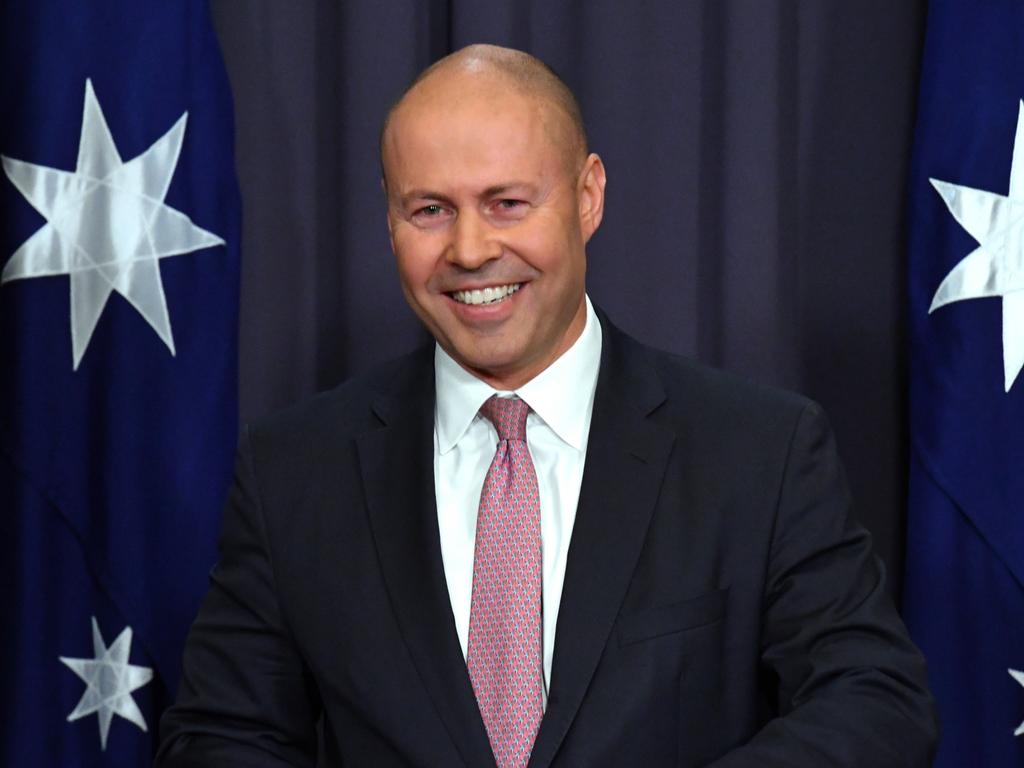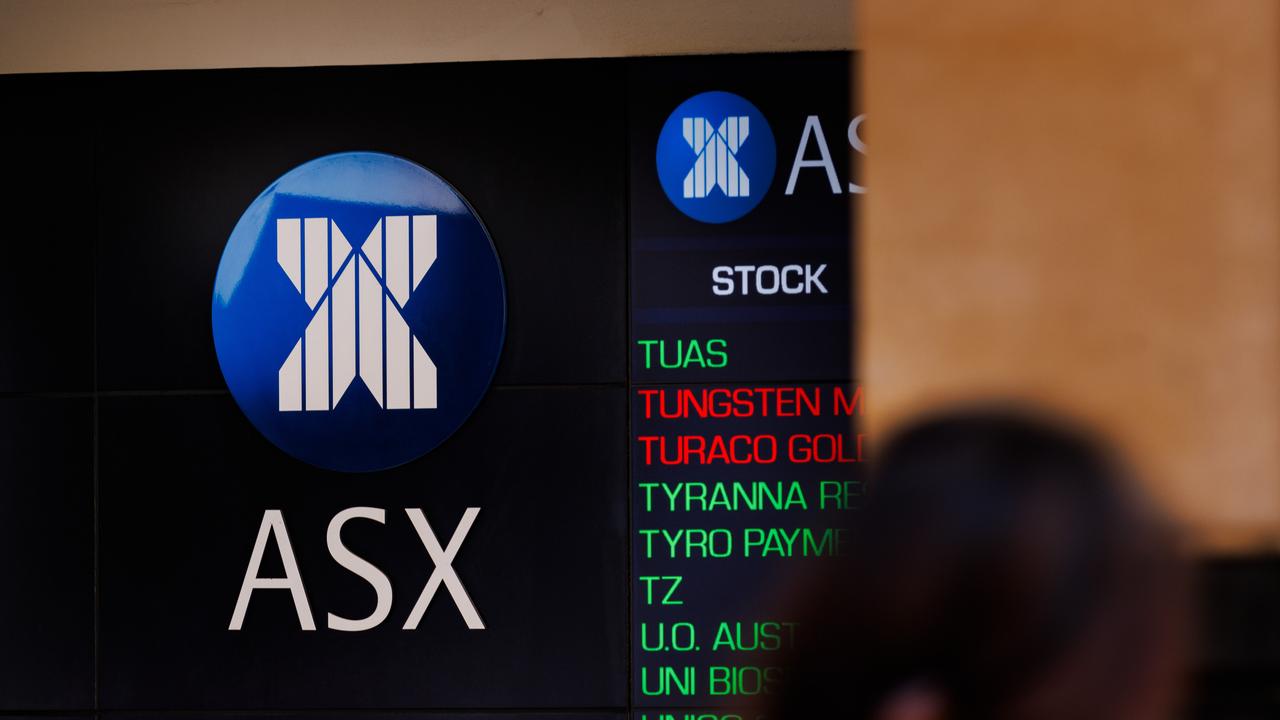Millions set for $1080 cash handout
Millions of Australians are likely to get the government’s $1080 cash handout again, despite calls to end the “pointless” tax break.

Millions of Australians are likely to get the government’s $1080 cash handout again, with experts tipping the low and middle income tax offset will be extended in this month’s federal budget.
The LMITO, often referred to as the “lamington”, was first introduced by Scott Morrison in 2018, in his last budget before becoming Prime Minister, under the government’s stage one tax cuts.
The rebate is worth up to $1080 for singles earning under $126,000 and $2160 for couples.

It has already been extended twice, first in 2020 in light of the pandemic and again 2021, at a cost of $7.8 billion. It is due to expire on June 20, 2022.
In November, the Prime Minister refused to rule out the possibility of the “lamington” making a return.
“We’ve got a very strong record of delivering tax cuts,” Mr Morrison told the Herald Sun.
“If you really want people and business to get on and do things, you can’t keep more of what they earn, it has to go back the other way.”
Treasurer Josh Frydenberg last month refused to be drawn on whether the LMITO would be extended when he hands down the budget on Tuesday, March 29.
“We haven’t made a decision about the low and middle income tax offset, but we have legislated significant structural reform as well as bringing forward stage two of the tax cuts,” he told ABC News Breakfast.
“And that is already seeing money roll out into people’s pockets, particularly for young people and for young women. If you’re a woman who’s 25 and under you’ve seen more than $2,000 of tax relief on average.”
Mr Frydenberg rejected host Michael Rowland’s suggestion that ending the tax cut would represent a “tax rise for all these families come next financial year”.
“The low and middle income tax offset is not a permanent feature of the tax system,” he said.
“We’ve introduced it due to the particular economic circumstances of the time. But if you think back to Kevin Rudd and the global financial crisis with their $900 cheques or, indeed, during this recession when we did our $750 payments to pensioners, carers and veterans, that was based on the economic circumstances at the time. When they did not continue you didn’t say that veterans or carers lost income. They were a supplement based on the conditions at the time.”

In a speech to the Australian Chamber of Commerce and Industry on Friday, the Treasurer gave his strongest hint yet that the handout would be extended.
“Our plan to reduce cost of living pressures has focused on a number of measures including, driving electricity prices down by 8 per cent in the last two years, record investments in childcare of over $10 billion a year, and around $30 billion of tax relief since the pandemic began that has supported low and middle income earners,” he said.
“In the budget in less than two weeks’ time, there will be further measures to support families to meet the cost-of-living pressures, in a targeted and proportionate way.”
Economist Peter Martin, writing for The Conversation, argued it was time for the “pointless” tax break to be killed off.
Martin said the LMITO was “incredibly poorly designed, introduced for a purpose that no longer exists, extended for a purpose that didn’t make sense, and now can’t be abolished without giving people a ‘pay cut’”.
“Frydenberg’s problem is that now he has given us both the offset and the stage two together, and done it for two years, actually ending the offset will quite rightly be seen as a tax increase or a ‘pay cut’, directed at low and middle earners,” he wrote.
“The timing is particularly tricky, with a federal election due weeks after this year’s budget. Like the instant asset write off for business, which keeps getting extended because otherwise businesses would complain, there’s a chance the LMITO will stay with us forever.”
Last month, research from ANU found that higher-income households were actually receiving more of the LMITO, exposing a “myth” about the tax refund.
According to the analysis, the top 40 per cent of households by income had their overall earnings boosted by 1.6 per cent from the LMITO, compared with 0.7 per cent for the bottom 40 per cent.
“Looking at all households, the low and middle income tax offset tends to go more to middle- and high-income households than it does to low-income households,” ANU economist Ben Phillips told The Australian Financial Review.
“It does trickle up to high-income households and have more benefit for the top 20 per cent than the bottom 20 per cent.”






